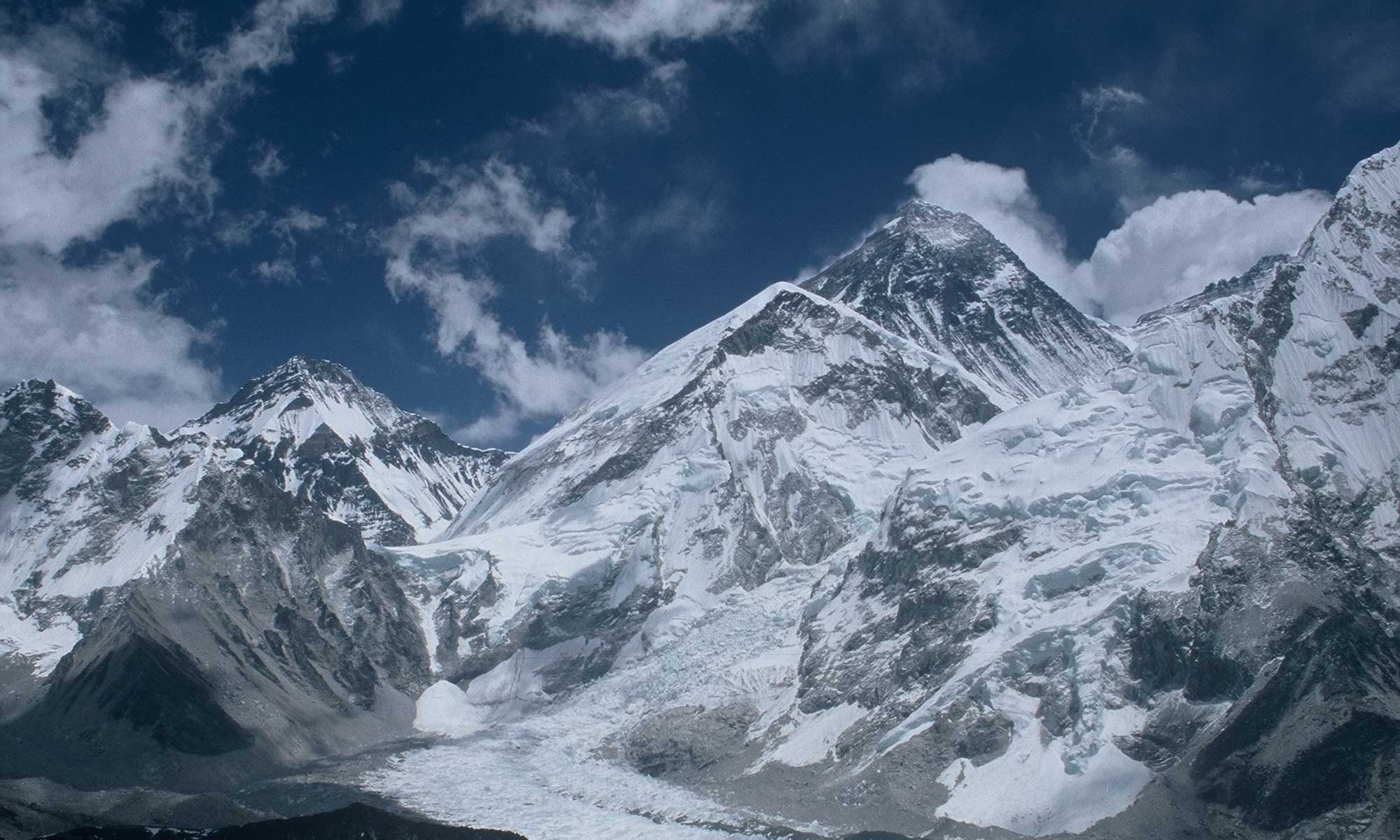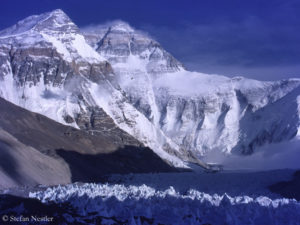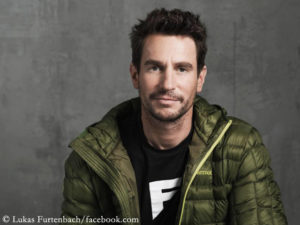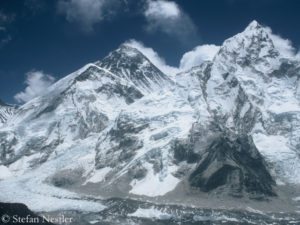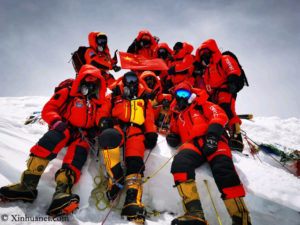Actually, the Icelander John Snorri Sigurjonsson, Muhammad Ali Sadpara, the most successful Pakistani high-altitude climber, and his son Sajid Ali Sadpara had wanted to reach the 8,611-meter-high summit of K2 today. But the trio, who in December became the first winter team to arrive at the foot of the world’s second-highest mountain, abandoned their summit attempt and returned to base camp today.
According to John Snorri, the three climbers decided to rest below Camp 3 on Sunday after a 17-hour ascent. His GPS tracker showed the maximum altitude reached as 6,831 meters. “At that time it was clear to us the strong winds came sooner than expected,” the Icelander let it be known after returning. “This morning, when we were packing our tent, Ali’s backpack blew away and exploded. We managed to safe some of the things in the backpack but lost our summit masks.”
It was the second summit attempt of the winter season after that of a ten-man Nepalese team led by Nirmal Purja and Mingma Gyalje Sherpa, who had succeeded in the first winter ascent of K2 on 16 January. John Snorri and the Pakistani father-son duo are now targeting the period between 3 and 5 February for their next summit push.
No Alpenglow Everest expedition this spring
Meanwhile, Alpenglow Expeditions as the first major operator canceled their expedition to Mount Everest originally planned for this spring – with reference to the still unclear corona situation. Alpenglow had advertised a so-called “Rapid Ascent Expedition”: via the Tibetan north side of the mountain to the summit of Everest in 35 days. “We don’t have confidence in Tibet opening for the spring,” said Alpenglow chief Adrian Ballinger, “we don’t believe we can safely run an Everest climb in the current circumstances from the Nepal side, and we don’t want to risk our clients losing money for a second year by continuing to move forward with planning and committing funds.”
Furtenbach prepared for all options
Austrian Lukas Furtenbach expects a late decision on whether Everest’s north side will be open next spring “because China will be watching global developments closely.” The 43-year-old is the head of the operator Furtenbach Adventures, which has a “flash” expedition (Everest in three weeks) on the north side and “classic” expeditions on both sides of the mountain in its catalog for spring 2021. “We have planned for both sides and have the logistics in place on both sides as well,” Furtenbach writes me. “Nepal has announced that they will not close Everest and will remain open for expeditions. In this respect, we can wait and then carry out the expedition on the open side or even on both sides, should China open too.” Currently, Lukas said, he is “confident that we can carry out at least the expedition on one side as planned.”
Kobler & Partner plans for south side
Swiss expedition organizer Kobler & Partner said they received information from Tibet as early as December that there would again be no permits for foreign expeditions next spring because of the pandemic and that a change in this policy is expected in fall 2021 at the earliest – depending on the corona situation. Kobler & Partner is planning an Everest expedition on Nepal’s south side in the upcoming spring.
Curve falls
In the Himalayan state, around 270,000 COVID-19 infections have been officially registered so far, and more than 2,000 people have died from the virus. However, the number of unreported cases is likely to be high. The infection curve had peaked in Nepal in October and has since fallen again.
In spring 2020, Mount Everest had been completely closed on the Nepalese south side of the mountain because of the pandemic, and on the Tibetan north side for all foreign climbers. Only a Chinese expedition had been granted a permit to climb Everest. Around 50 people had reached the summit, including a team of Chinese surveyors. In December, China and Nepal had jointly announced the new official altitude of Mount Everest: 8,849 meters.
